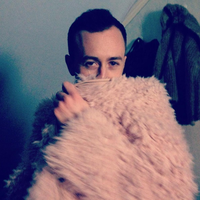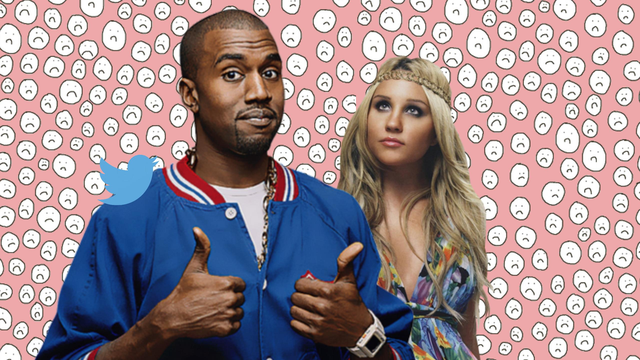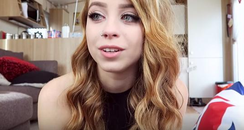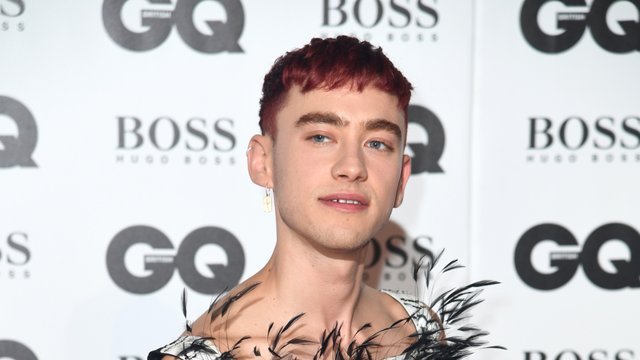Teens Are Using Secret Hashtags On Instagram To Talk About Self-Harm
31 March 2016, 14:46 | Updated: 19 November 2018, 16:09
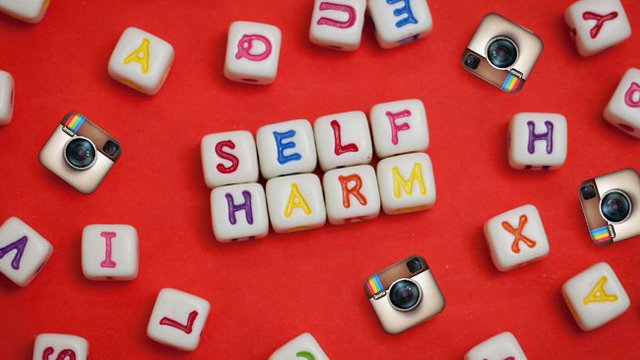
This is a difficult one...
A new study has shined a light on the online behaviour of teenagers who self-harm, particularly their use of hashtags on Instagram.
As reported by Fusion, the study was set up by Megan Moreno, a pediatrician specialist at Seattle Children’s Hospital. She works closely with teens who engage in self-harm.
The purpose of this study was to evaluate the meaning, popularity, and content advisory warnings related to hashtags on Instagram related to self harm. As you might expect, the study discovered some interesting things that many people will be completely unaware of.

giphy.com
As with most responsible social media sites, Instagram will block searches which contravene its community guidelines. In this case, Instagram prohibits posts or hashtags that "glorify self-injury". Perhaps predictably, once a hashtag is blocked, users quickly find new ones to use.
[Warning: someone of these hashtags result in graphic images of self-harm. If you find images like this triggering, we'd recommend you do not search for them]
For example, #selfharm was blocked on Instagram, making it unsearchable. So what did users do? They added an extra 'm' or two on the end to have hashtags like #selfharmm or #selfharmmm. This has created problems for Instagram because users will continue to create new hashtags, making the policing of hashtags very hard indeed.
It's even harder when the words are completely random. Some of the more secretive hashtags included #blithe #ehtilb (which is "blithe" spelled backwards), #mysecretfamily, #olive, #cat, #deb (meaning depression) and #annie (meaning anxiety).
Some of these hashtags have now received warning labels from Instagram which state that you are about to view graphic content. There is also a link for those seeking advice or more information.
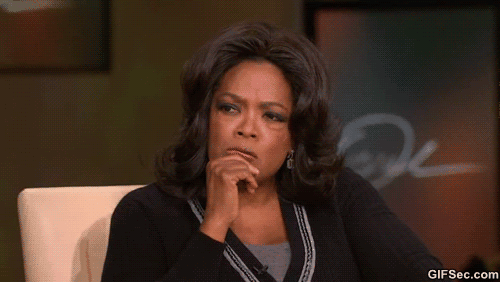
giphy.com
That doesn't sound enough, right? Well there is a catch 22 to these hashtags and how to deal with them.
On the one hand, users have found them to be good ways to connect with people going through similar problems and to create a support network for themselves. It's a non-judgemental environment where they can be honest and, in some cases, this can aid a person's recovery.
However, other studies have found that these communities can be detrimental to recovery. Instead of seeking adult or professional advice, teens are turning to each other, which can become toxic environment and addictive in its self. There is also a problem that these images can be very triggering. Teens might be innocently scrolling through the #cat and come across images on self-harm, which in some cases has triggered teens to mimic that behaviour IRL.

giphy.com
It's obviously a very complicated issue that doesn't have any easy solutions. Moreno said she would like to see Instagram improve it's advisory warnings, and put a greater focus on directing users to professional support networks and services.
What do you think? Should all the hashtags be banned; potentially cutting off a support network to those who self-harm? Or should we keep them open, despite the risk of worsening behaviour and/or triggering more self-harm in other teens? Let us know your thoughts in the comments.
H/T Fusion.
If you'd like more information about this issues, you can head to the Mind or Reach Out for more advice.
